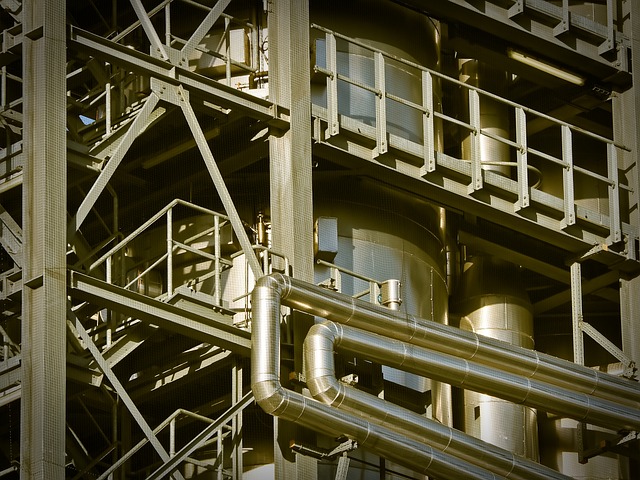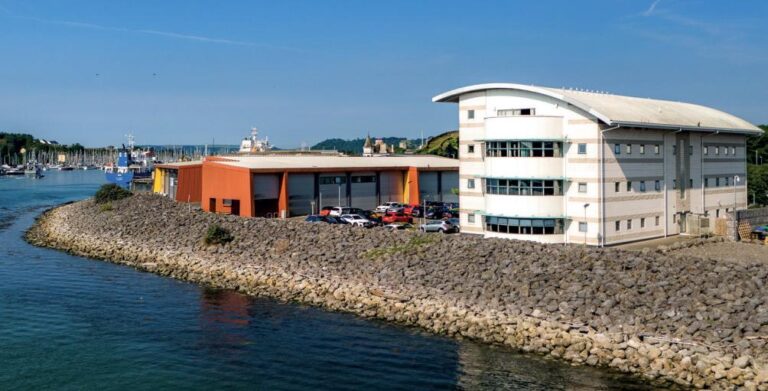With a lot of larger factory sites having rateable values well into six or even seven figures, business rates can make up a significant proportion of ongoing costs. Our Ratings experts look at how factory business rates can be affected by the type of factory, and the arrangements on site.
Our Rating team have seen an uprise in the number of inspections of new properties for business rates reviews. Many of these have been large factories where we have been able to identify inaccuracies and valuation errors, which will lead to significant savings for those clients. Alice, one of our rating experts, takes us through some of the considerations we have when inspecting factory type properties, leading to business rates savings.
Many factory complexes have many different types of property on site. For example, most would have industrial space, but some of this may be temperature controlled, or be particularly tall to allow for specialist equipment or may require a constant electricity or water supply. The specification of each building must be considered when applying a rate per square metre, a factor that can be inaccurate in a rating assessment.
Alongside all the industrial space, there may also be offices, staff welfare facilities, areas for parking or outside storage and even shops or trade counters, selling products direct to customers. Again, a different rate per square metre will apply to each of these properties, so careful consideration of a range of evidence is key to an accurate rates assessment.
There may be more than one business on a factory site, for example where an owner occupier has leased part of the premises to another company. If these arrangements are for longer than say a six month period, it is often a good idea to apply to the Valuation Office Agency to split the property into two, so that each occupier can take responsibility for their own buildings. In this situation it is important to be clear which parts of the site are in exclusive occupation by each occupier, which bits are shared and any access roads or tracks used. Generally speaking, a smaller property will command a higher rate per square metre than a larger one of the same condition, so splitting a larger property into two smaller ones often means the new rateable values will be higher than the original figure.
We have also seen properties where sections have been counted twice, or where access roads have been counted as yard space for a property. Counting an access track of 150m incorrectly as yard space could result in an additional £7,000 added to the rateable value. When we review property, we measure all external spaces and compare this to the rates assessment, to identify these sort of situations and then submit the relevant applications to correct the mistakes.
With factories often facing ratings liabilities of thousands of pounds, we encourage you to make sure the business rates assessment is accurate and a fair reflection of the premises. If you’d like to chat about anything business rates related, please contact a member of our Business Rates Consultancy team.




